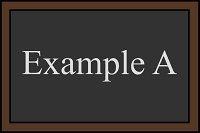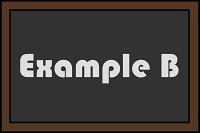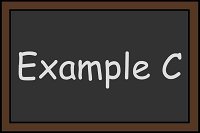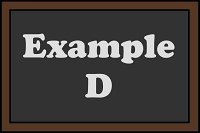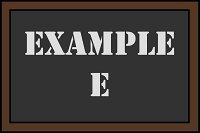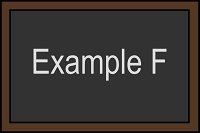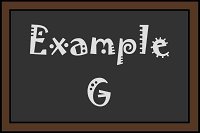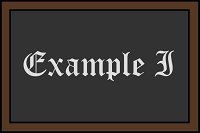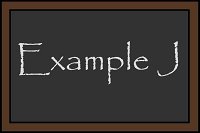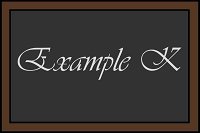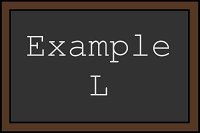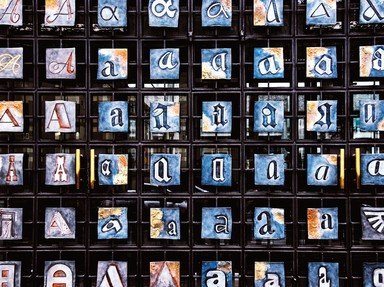
A "Font" of Knowledge Trivia Quiz
Various Fonts & Typefaces
We use them every day as we are bombarded with various words. You are even engaging with one right now at this very moment. Match these 12 fonts, which are all used in Microsoft Word, with their correct names. (Click the images to get a closer look!)
by trident.
Estimated time: 3 mins.
